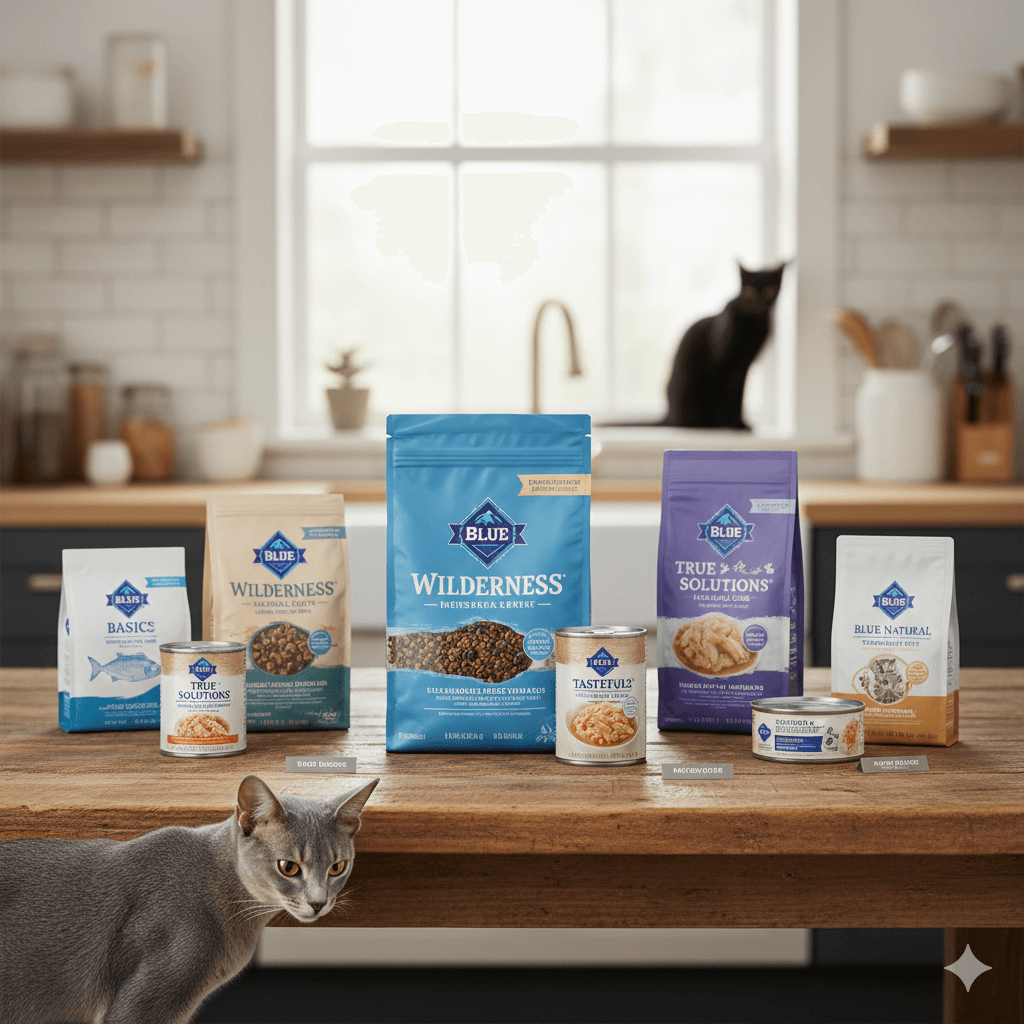Dog Paw Pad Peeling: What Every Pet Owner Needs to Know
As a dog owner, you’ve likely noticed your furry friend’s paws are more than just adorable—they’re essential for their mobility, comfort, and overall well-being. But what happens when those tough, leathery pads start peeling? Dog paw pad peeling can be alarming at first glance, but it’s often a manageable issue with the right care and attention. Whether caused by environmental factors, excessive activity, or underlying health conditions, understanding why this happens is key to keeping your pup’s paws healthy.
In this blog post, we’ll explore the causes of dog paw pad peeling, how to identify it early, and expert tips to treat and prevent it. Let’s dive in and ensure your four-legged companion stays happy and pain-free on their paws!
Common Causes of Dog Paw Pad Peeling
Dog paw pad peeling can stem from a variety of factors, ranging from external irritants to internal health issues. Identifying the root cause is crucial for effective treatment. Below are some common reasons why your dog’s paw pads might start peeling:
Dry Weather
Cold or dry climates can sap moisture from your dog’s paw pads, leading to cracking and peeling.Excessive Walking or Running
Overuse of paw pads, especially on rough surfaces like concrete or gravel, can cause wear and tear over time.Allergic Reactions
Contact with allergens like grass, chemicals, or cleaning products may irritate paw pads and lead to peeling.Burns from Hot Surfaces
Walking on hot pavement during summer months can damage paw pads, resulting in peeling or blistering.Underlying Health Conditions
Conditions like zinc-responsive dermatosis or autoimmune disorders can weaken paw pad integrity, causing them to peel.
Understanding these potential causes allows you to address the issue promptly and take steps to prevent further damage. Remember, prevention is always better than cure when it comes to your dog’s paws!
Signs That Your Dog’s Paw Pads Are Peeling
Recognizing the signs of paw pad peeling early can help you intervene before the issue worsens. Dogs are naturally resilient and may not show obvious discomfort, so it’s important to pay close attention. Here’s what to look out for:
Visible Cracks or Flaking
Check your dog’s paws regularly for signs of cracked skin or flaky patches, which indicate peeling.Limping or Limping Alternately
If your dog starts limping or shifting weight between paws, it could mean their paw pads are painful or damaged.Excessive Licking or Chewing
Dogs often lick or chew irritated areas, including their paws, as a way to soothe discomfort.Redness or Swelling
Inflammation around the paw pads can signal irritation or infection, often accompanying peeling.Unusual Odor
A foul smell coming from your dog’s paws may indicate an infection or bacterial buildup due to damaged pads.
By staying alert to these signs, you can address paw pad peeling early and ensure your dog remains comfortable. Regular paw checks should become part of your routine to catch issues quickly.
Check this guide 👉How to Bandage a Dog Paw: Best 7 Expert Tips!
Check this guide 👉How to Moisturize Dog Paws Naturally: Best 7 Health Tips!
Check this guide 👉Dog Paw Soaks for Infections: Best 7 Health Tips!

Preventive Measures | Treatment Options |
|---|---|
Moisturize paws with pet-safe balms | Clean and disinfect affected areas |
Use protective booties outdoors | Apply medicated ointments if prescribed |
Avoid walking on extreme surfaces | Soak paws in warm water with Epsom salt |
Keep nails trimmed to reduce pressure | Monitor for signs of infection |
Provide soft bedding for rest | Consult a vet for persistent issues |
Expert Tips to Treat Peeling Paw Pads
Once you’ve identified that your dog’s paw pads are peeling, it’s time to take action. Treating the issue properly can speed up healing and prevent complications. Here are seven expert tips to help you care for your dog’s paws:
Clean Gently
Use lukewarm water and a mild, pet-safe cleanser to remove dirt and debris from the affected area.Apply Paw Balm
Pet-safe moisturizers or balms can hydrate dry pads and promote healing without irritating the skin.Use Protective Booties
Booties shield your dog’s paws from further damage while they heal, especially on rough or hot surfaces.Limit Activity
Reduce walks or playtime on abrasive surfaces until the paw pads have fully healed.Soak in Epsom Salt
A warm Epsom salt soak can reduce inflammation and soothe irritated paw pads.Trim Excess Hair Around Paws
Trimming hair around the paws prevents debris buildup and keeps the area clean and dry.Monitor Progress
Keep an eye on your dog’s paws daily to ensure they’re healing properly and show no signs of worsening.
With these tips, you can create a safe and supportive environment for your dog’s paws to recover. Consistency is key to seeing improvement!
How to Prevent Dog Paw Pad Peeling
Preventing paw pad peeling is far easier—and less stressful—than treating it after it occurs. By incorporating simple habits into your routine, you can protect your dog’s paws from damage. Here’s how to keep their paw pads healthy:
Moisturize Regularly
Apply a pet-safe paw balm weekly to maintain hydration and prevent cracking.Inspect Paws After Walks
Check your dog’s paws for debris, cuts, or irritation after every outdoor adventure.Avoid Extreme Temperatures
Steer clear of walking your dog on scorching pavement or icy sidewalks to prevent burns and frostbite.Provide Balanced Nutrition
A diet rich in essential fatty acids supports skin and paw pad health, reducing the risk of dryness.Schedule Routine Vet Visits
Regular check-ups can help detect underlying health issues that might affect paw pad condition.
By prioritizing prevention, you can minimize the chances of your dog experiencing paw pad peeling. A little effort goes a long way in maintaining their comfort and mobility.
Seasonal Challenges for Dog Paw Pads
Different seasons bring unique challenges that can affect your dog’s paw pads. From icy winters to scorching summers, understanding how seasonal changes impact their paws is key to keeping them healthy year-round. Here’s what to watch out for:
Winter Dryness
Cold air and snow can dry out paw pads, making them more prone to cracking and peeling.Salt and Chemical Exposure
De-icing salts on sidewalks during winter can irritate or burn paw pads if not cleaned off promptly.Spring Allergies
Pollen and other allergens can cause paw pad irritation, leading to excessive licking and eventual peeling.Summer Heat
Hot pavement can burn paw pads, causing them to blister and peel if unprotected.Autumn Debris
Leaves, twigs, and mud can get lodged between toes, causing irritation or infections that lead to peeling.
By adapting your care routine to the season, you can minimize the risk of paw pad issues and keep your dog comfortable no matter the weather. A little seasonal awareness goes a long way in maintaining paw health.
Signs Your Dog Is Experiencing Paw Discomfort
Even before peeling becomes visible, dogs often exhibit subtle signs of paw discomfort. Recognizing these early indicators allows you to address problems before they escalate. Below are some common behaviors to watch for:
Licking Paws Obsessively
If your dog is constantly licking their paws, it could be a sign of irritation or pain.Reluctance to Walk or Play
A dog who suddenly avoids walking or playing might be experiencing paw discomfort.Holding Up a Paw
Frequently lifting or favoring one paw may indicate localized pain or injury.Whining or Vocalizing
Some dogs express discomfort through whining, especially when pressure is applied to their paws.Changes in Gait
An altered walking pattern, such as limping or tiptoeing, can signal paw-related issues.
Being attentive to these behavioral cues helps you catch problems early and provide relief before they worsen. Your dog’s paws are vital to their mobility, so addressing discomfort promptly is essential.
Natural Remedies for Peeling Paw Pads
If your dog’s paw pads are peeling, natural remedies can often provide gentle relief without harsh chemicals. While severe cases may require veterinary intervention, mild peeling can often be managed at home. Here are some effective natural solutions:
Coconut Oil
Apply a small amount of organic coconut oil to moisturize and soothe dry, cracked paw pads.Aloe Vera Gel
Pet-safe aloe vera gel can reduce inflammation and promote healing of irritated skin.Oatmeal Soak
An oatmeal foot soak can relieve itching and soften rough, peeling pads.Chamomile Tea Compress
Cool chamomile tea compresses can calm irritated paw pads and reduce redness.Vitamin E Oil
Massaging vitamin E oil into the pads can help repair damaged skin and lock in moisture.
These natural remedies are a great way to nurture your dog’s paws back to health while avoiding synthetic ingredients. Always patch-test new treatments and consult your vet if unsure about any remedy. With patience and care, your dog’s paws will be back to their best in no time!
Frequently Asked Questions About Dog Paw Pad Peeling
Is it normal for my dog’s paw pads to peel?
Occasional peeling due to weather or activity is normal, but frequent or severe peeling may indicate an underlying issue.
Can I use human lotion on my dog’s paw pads?
No, human lotions often contain ingredients that can irritate your dog’s skin. Always use pet-safe products.
How long does it take for paw pads to heal?
Minor peeling typically heals within 1-2 weeks, but deeper cracks may take longer and require veterinary care.
Should I put socks on my dog’s paws?
Socks or booties can protect healing paws, but ensure they fit properly and don’t cause additional irritation.
When should I see a vet for peeling paw pads?
Consult a vet if the peeling doesn’t improve, there’s persistent redness, swelling, or if your dog seems in pain.
Keeping Your Dog’s Paws Happy and Healthy
Dog paw pad peeling may seem like a minor issue, but it can significantly impact your pup’s comfort and mobility if left untreated. By understanding the causes, recognizing the signs early, and implementing preventive measures, you can ensure your dog’s paws remain strong and resilient. Whether it’s moisturizing their pads, protecting them with booties, or simply giving their paws a quick check after walks, small actions make a big difference. Remember, your dog’s paws are their foundation—keeping them healthy means they can continue exploring the world with confidence and joy. With the right care, you’ll have one happy, pain-free pup bounding alongside you for years to come!
Cat Anxiety Treatment: 7 Proven Ways to Calm Your Stressed Feline Cats are masters of hiding their distress — but when …
Is Royal Canin Good Cat Food? Best 7 Expert Tips! Learn the truth about this brand & get vet-approved advice on feeding, ingredients, and tailored formulas.
Dwarf Cat Lifespan: Best 7 Expert Tips! Discover how to ensure a long, healthy, and happy life for your short-legged feline companion.
Blue Buffalo Cat Food: Best 7 Expert Tips! Discover how to choose the right formula, feeding strategies, and nutritional benefits for your feline friend.




